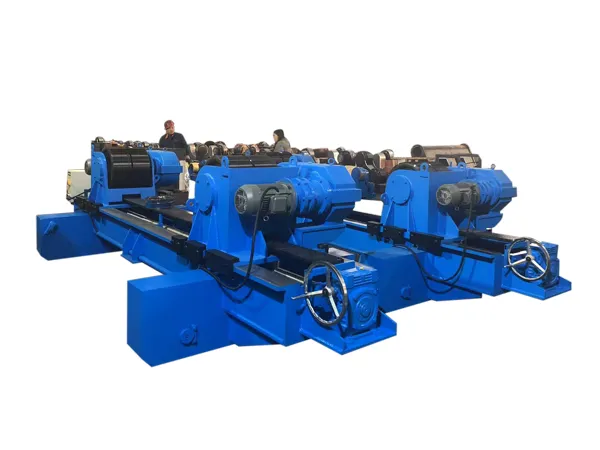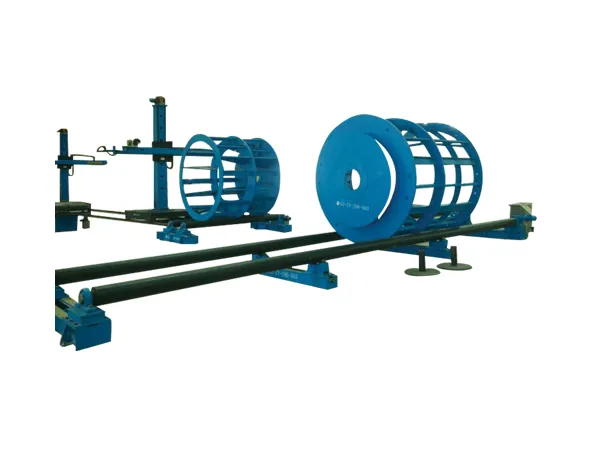Welding rotators are essential tools in the welding process, especially for cylindrical components like pipes and tanks. They help rotate the workpiece at a controlled speed, allowing a more precise weld. However, they can experience several faults or issues over time due to mechanical wear, electrical problems, or improper usage.
Common faults and solutions of welding rotators

Rotation mechanism failure: If there is a problem with the rotation mechanism of the welding roller frame, it may be due to wear or damage of the rollers, gears or chains.
The solution is to check and replace the worn parts to ensure that the rotation mechanism works properly.
Failure of the clamping mechanism: If the clamping mechanism cannot firmly hold the workpiece, it may be due to wear or damage of the clamping device.
The solution is to check the clamping device and make necessary repairs or replacements.
Unstable rotation speed: If the rotation speed cannot be adjusted or is unstable, it may be due to problems with the control panel or inverter.
The solution is to check the settings of the control panel and inverter and make necessary adjustments or repairs.
Inaccurate positioning of the workpiece: If the welding roller frame cannot accurately position the workpiece, it may be due to problems with the level or parallelism of the roller frame.

The solution is to readjust the position of the roller frame to ensure that its level and parallelism meet the requirements.
Electrical failure: If there is a problem with the electrical system of the welding roller frame, it may be due to damaged cables, poor contact or faulty electrical components.
The solution is to check the electrical system, including cables, connections and control panels, and make necessary repairs or replacements.
…
For more detailed information on common faults and solutions of welding roller frames, please click to visit: https://www.bota-weld.com/en/a/news/common-faults-and-solutions-of-welding-rotator.html


